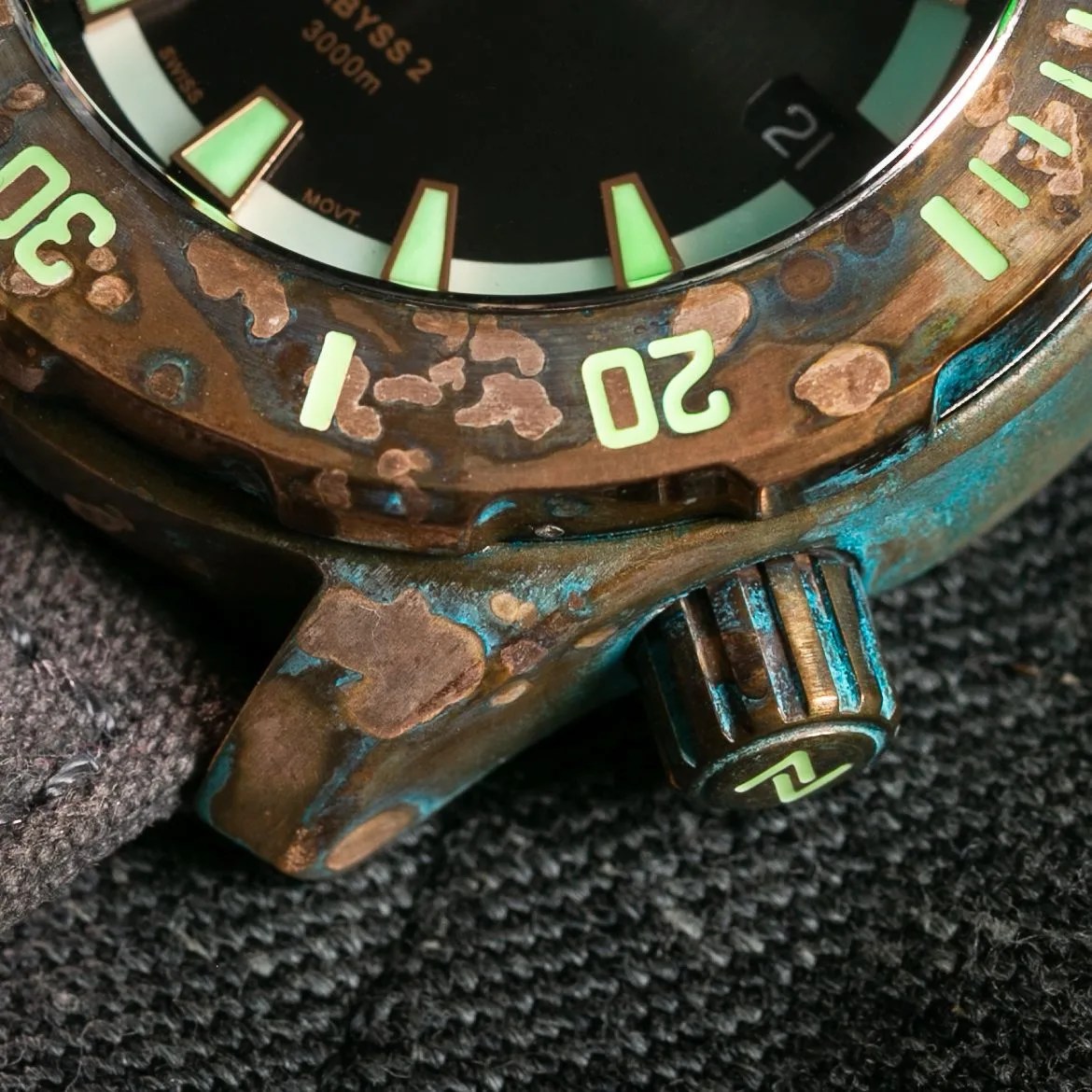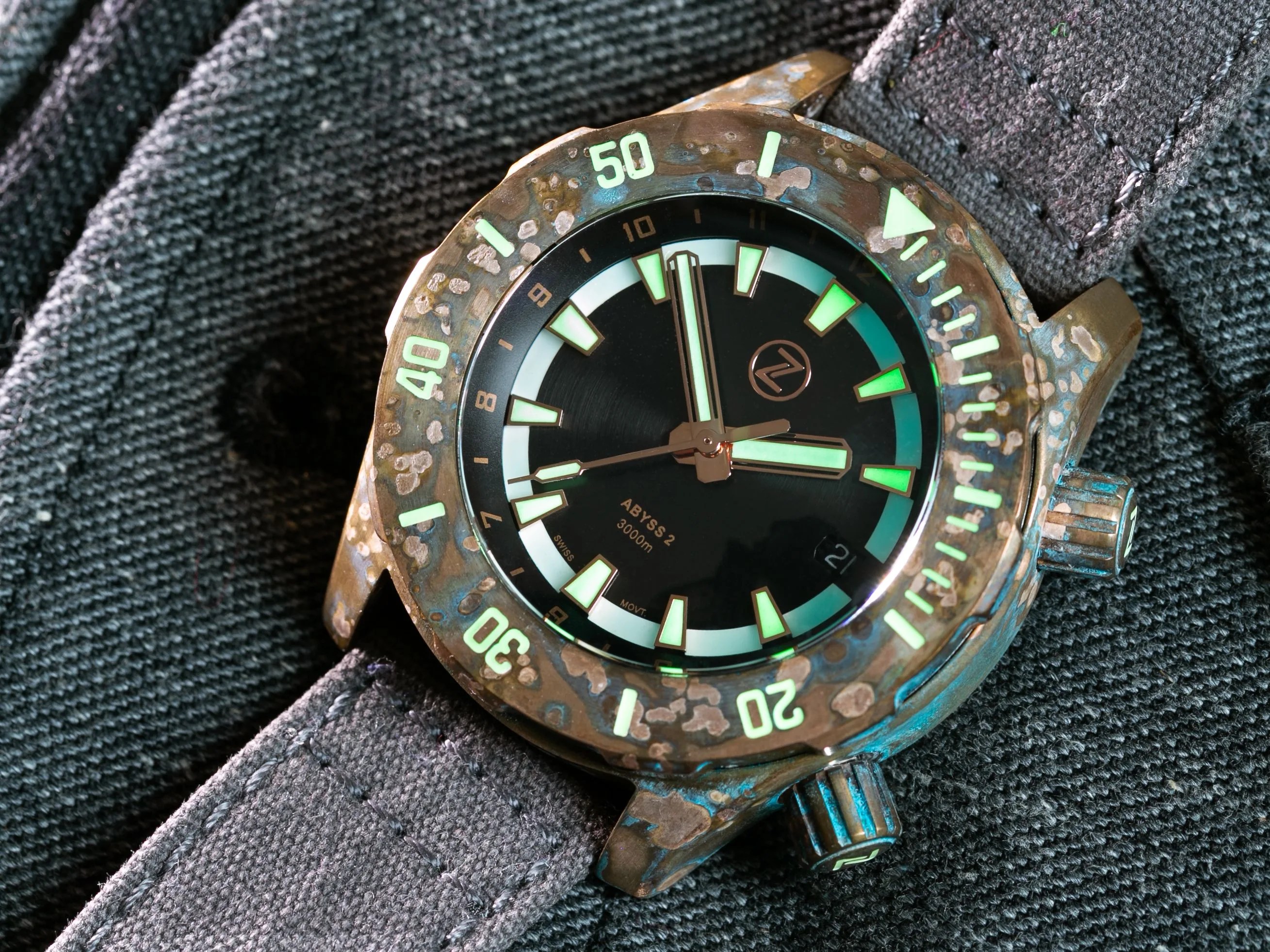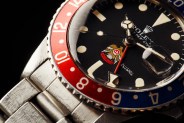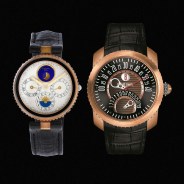You say you want your watch to look like it was dredged from a sunken relic? It’s “cool,” you say? Well, you’re not alone. The use of bronze as a watchmaking material was once considered trendy but is now firmly established, part of the bronze’s appeal being its tendency to form a patina over time. Over months of wear it’ll naturally take on a worn, distressed look that’s unique to the wearer, his or her lifestyle and climate.
But what if you’re impatient? What if you want to post it on Instagram now? There are a number of methods for achieving instant patina gratification. Unfortunately, most of them are somewhat smelly, involving anything from eggs or vinegar to ammonia or other substances that speed the oxidation (patina) process. There are even specialized products for this purpose like Cool Tools Patina Gel ($14).
The various methods and substances involved can have different effects, too. Interestingly, bronze reacts with a wide range of substances and chemicals, and the oxidation process can even bring out unexpected colors and patterns. You can find home tinkerers who have posted experiments and results online from dipping their watches in coffee or wine to various other approaches.

Before getting started, however, some words of caution: Many forced patina methods should probably only be applied to watches with reasonable water resistance. Since dive watches are popular subjects for bronze executions, these should be perfectly appropriate and have a rugged character that’ll match the look you’re after. However, there always remains the possibility of damaging your watch when messing with substances it wasn’t designed to interact with or by causing excessive oxidation. Proceed at your (and your watch’s) own risk.
We’re introducing one of the simplest, most common and safest methods here, and it only requires a few basic and inexpensive items:


